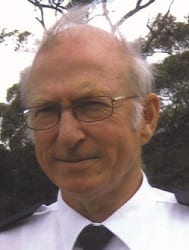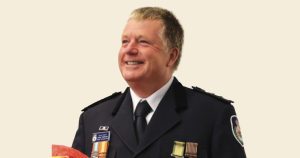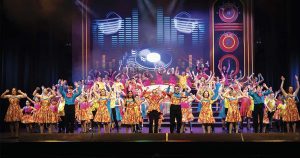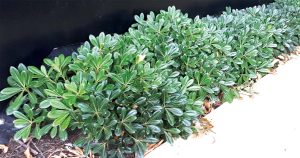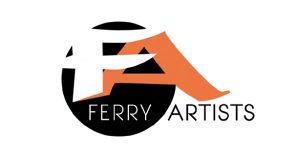Cessnock Bushfire Strike Team
Last month we saw the first Total Fire Ban of the season with all of the Greater Sydney area faced with a severe fire danger rating, windy weather, and dry conditions. That same week firefighters also faced about 90 blazes across NSW; with Galston firies forming part of a Strike Team sent in to fight bushfires in the Cessnock region throughout the day and night. We were also kept very busy closer to home with several local call-outs – including a service-station diesel-spill.
Hazard Reduction Season
With the official start to the fire season commencing in October you may see continued Hazard Reductions (HRs) taking place across Sydney when conditions allow. Galston RFB is regularly active in assisting with many local and Greater Sydney based HRs. For more information on when and where HRs will be taking place please visit the RFS website: www.rfs.nsw.gov.au
Galston member profile
Each month the Galston Rural Fire Brigade feature a short interview with one of our members. It is a great way to discover just how diverse your local fire brigade can be.
Member profile: David Stockman
How long have you been a part of the Galston Rural Fire Brigade?
I am now starting my 40th year in the Brigade.
What is your role there?
I am currently Station Officer, as well as being a Life Member of the brigade.
When you’re not at the brigade, what do you do for a living?
I am semi-retired but still conduct Guided History Tours for the Navy, after 48 years at Garden Island.
What made you join the RFS?
After seeing my first bushfire sweep through West Pennant Hills in 1965, I decided to do something for the community when I could.
What makes being part of the RFS so unique?
The R.F.S. is like a big family. You all look out for each other and you share the joys and sorrows of other firefighters.
What is a fond memory you have of your time at the brigade?
The nights of the Chinese Banquets we used to hold with our families.
How has it changed over the years?
When I joined there was no basic training, it was on the job training. We paid half the cost of our boots, cloth nappies were used for smoke masks and there were only six pairs of goggles, and these were on the truck. Leather beaters were still commonly used to help put out fires and we wore white overalls – however we didn’t wear ties to fires as some brigades did at the time.
Our callouts were signalled by a siren at the fire shed. There was also no toilet at the shed…this is what trees were used for. Many of us would also need to travel on the outside of the truck in all kinds of weather.
Table of Contents
Toggle

